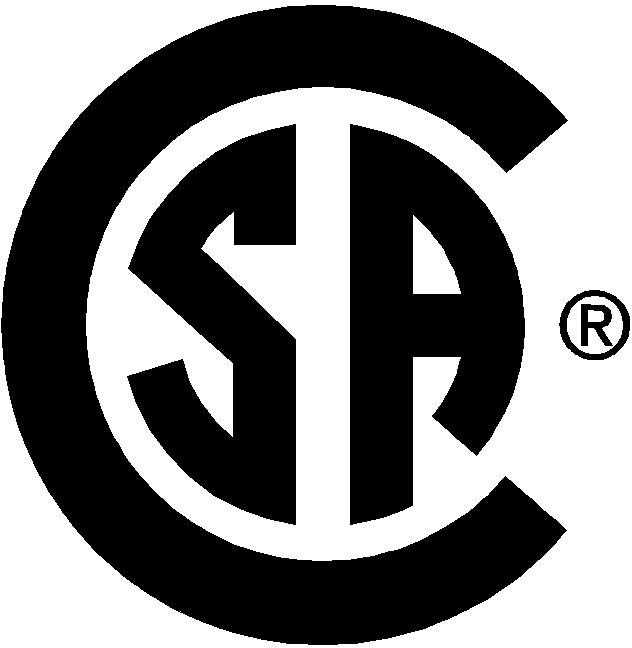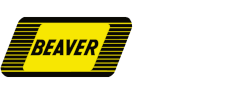CSA Explosion Proof Repairs

Beaver Electrical Machinery is a CSA Approved facility for repair of motors and generators for use in hazardous locations.
Explosion-proof motors are required to ensure that the external temperatures of the motor will not ignite vapour or dust and also to ensure that internal faults will be contained within the motor enclosure under all operating conditions.
Beaver can perform CSA Approved hazardous location repairs on a wide range of electric motors and generators. C Squirrel Cage, AC Slip-Ring, Single Phase, 3 Phase, and DC Motors.
We can perform hazardous location repairs on motors as large as 2000 HP and voltage class up to 6900 VAC or 1000 VDC. We are capable of working on equipment in this class up to 60 inches in rotating diameter.
Call us today to talk about Rewinds, Overhauls, Re-leading, Mechanical Repairs, Welding, Machining, or Balancing of your hazardous location equipment.
Our repairs are certified by CSA Group under Class 9088-01. Read more about our CSA Group listing under file LR219239. 
| Class I Locations | |
| Group A | Atmospheres containing acetylene |
| Group B | Atmospheres containing hydrogen, fuel and combustible process gases containing more than 30% hydrogen by volume, or gases or vapours of equivalent hazard such as butadiene, ethylene oxide, propylene oxide and acrolein |
| Group C | Atmospheres such as ethyl ether, ethylene or gases or vapours of equivalent hazard. |
| Group D | Atmospheres such as acetone, ammonia, benzene, butane, cyclopropane, ethanol, gasoline, hexane, methanol, methane, natural gas, naphtha, propane or gases or vapours of equivalent hazard |
| Group F | Atmospheres containing combustible carbonaceous dusts including carbon black, charcoal, coal or dusts that have been sensitised by other material so that they present an explosion hazard. |
